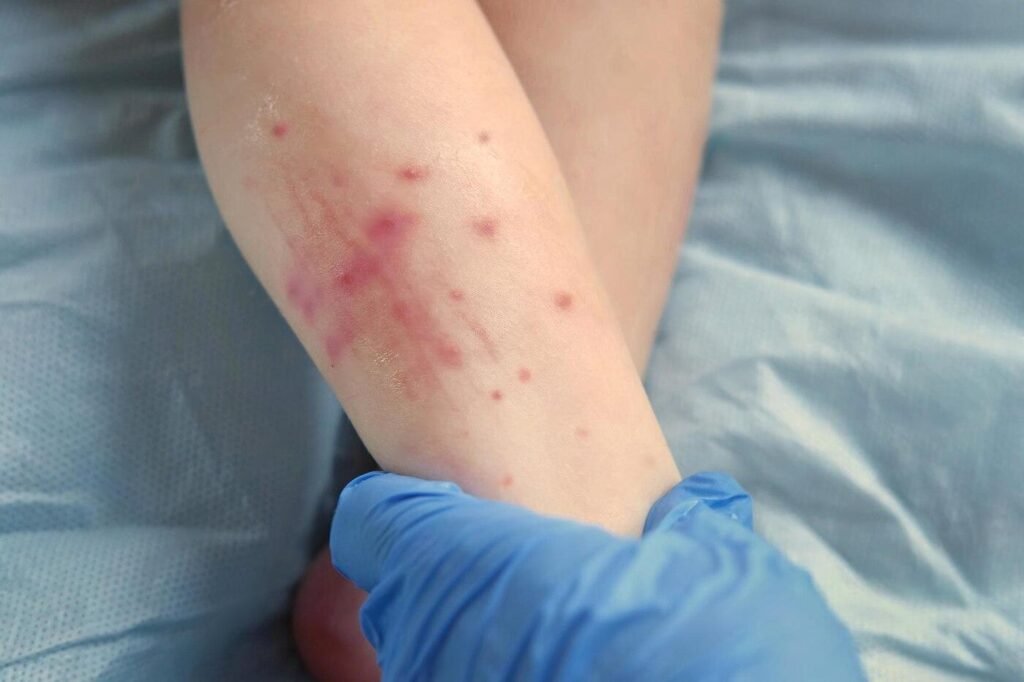
Skin infections are common and can be caused by bacteria, fungi, or other microorganisms. Depending on the cause and severity, they can be mild or require specialized medical treatment. Early diagnosis and treatment are essential to avoid complications and maintain skin health.
Bacterial Infections Bacterial skin infections are mainly caused by microorganisms such as staphylococcus and streptococcus. The most common forms include:
- Erysipelas and cellulitis: They cause redness, swelling, and pain, usually in the lower extremities or face.
- Folliculitis: Inflammation of the hair follicles, often due to bacterial infection.
- Carbuncle: Localized, painful inflammation of the skin due to infection of the hair follicles.
Fungal Infections Fungal infections are caused by fungi that grow in warm and moist areas of the body. The most common cases are:
- Dermatophytes: Infections that affect the skin, nails, and scalp, such as athlete’s foot and tinea versicolor.
- Candidiasis: It is caused by the fungus Candida and appears mainly in skin folds and mucous membrane areas.
- Tinea pedis: Appears with discolored or brownish spots on the skin.
Treatment and Prevention Treatment depends on the type of infection and may include:
- Antibiotics: For bacterial infections, either in local or systemic form.
- Antifungals: For fungal infections, in the form of creams, shampoos or tablets.
- Good hygiene: Regular hand washing and avoiding sharing personal items.
- Avoiding moisture: Keeping the skin dry and clean, especially in the folds of the body.
Living with Healthy Skin Skin infections can be annoying, but with the right care and treatment they can be effectively treated. Prevention through good hygiene practices and early diagnosis by a specialist can prevent complications and ensure healthy and protected skin.




